There Popillia japonicacommonly known as Japanese beetle, is a harmful insect that feeds on the leaves of numerous plants, causing serious damage to gardens, agricultural land, vineyards and green areas in many Italian regions. To counter its spread and protect crops, there are several biological control strategies, including the use of specifics traps for Popillia japonica. These traps represent an effective and ecologically sustainable solution to manage the presence of this destructive parasite which attacks and destroys the vegetation of hundreds of tree, vegetable and ornamental crops.
In this article, we will explore how these traps work, their main characteristics and the advantages they offer for eliminating Popillia japonica.
How the trap for Popilia japonica works
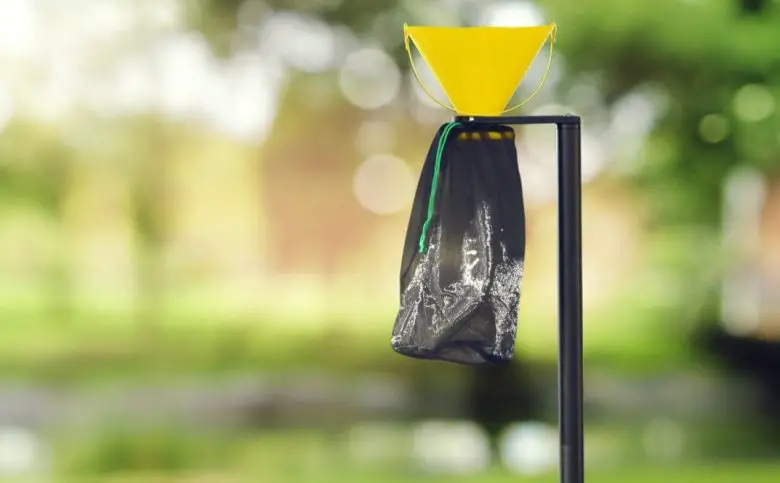
The traps for mass trapping of Popilia japonica work thanks to the presence of a pheromone.
The pheromone traps they are designed to exploit insects’ ability to detect and respond to sex pheromones emitted by females to attract males. In the case of the Japanese beetle, the traps use a synthetic pheromone that mimics that naturally produced by beetles to attract adult males.
How these traps work is relatively simple. The trap consists of a net or bag closed with a specific rigid cap, usually yellow in colour, as this shade further attracts the parasite. The bag with the stopper is suspended on the vegetation or placed near the host plants of the insect. Inside the trap is placed a pad or capsule containing the synthetic pheromone, which is gradually released into the air.
When a male Popillia japonica perceives the pheromone, he identifies it as a signal of a female ready to mate and approaches the trap. The insect is therefore attracted by the yellow color of the trap and by the presence of the pheromone, and once near the trap, it enters it through small openings designed to prevent its escape. Once trapped, the insect is no longer able to get out. Subsequently, the operator empties the bag into a bucket filled with a solution of soap and water, thus eliminating the large amount of captured parasites.
The traps and aggregation pheromones are easily found for sale in specialized shops. There are different types, here you will find a large selection.
It is important to underline that the pheromone to be inserted in the trap for Popilia japonica has a limited duration over time, therefore it must be replaced periodically to maintain its maximum effectiveness, following the instructions given by the manufacturer.
Where to place the traps for Popilia japonica?
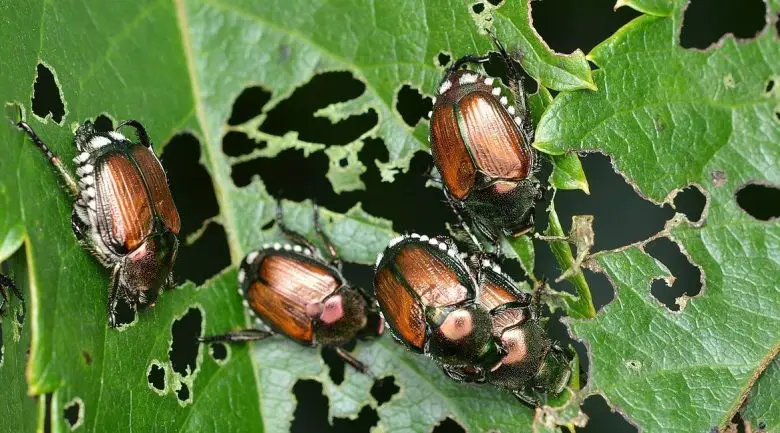
Traps for catching Popillia japonica are generally used in large numbers and strategically distributed in the area to be protected, such as a garden, an orchard, a vineyard or a vegetable garden. They can be hung from trees, poles built ad hoc or placed on the ground, depending on the characteristics of the environment. It is important to place traps evenly to maximize their effectiveness and minimize the chances of insects getting out of control, destroying the growth of trees and plants.
We understand that communication and good neighborliness are not always easy, but the biological fight must be done with criteria and above all mutual responsibility.
Supplements or alternatives to traps
Popillia japonica mass trapping traps offer numerous advantages. In addition to being environmentally sustainable, as they do not require the use of chemical pesticides, they can significantly reduce the Japanese beetle population in the surrounding area. However, it is important to note that pheromone traps are only one control method available. These, in fact, can be used in combination with other strategies to achieve a more effective integrated management of harmful insects.
For example, against the larval states it is possible to effectively use another biological product, namely the bacillus thuringiensis var. kurstaki.
In conclusion, pheromone traps are a valuable tool in the fight against Popillia japonica. By exploiting the communication mechanisms of insects, these traps allow for the selective capture of males. In this way, they make it possible to reduce the population of this dreaded insect, contributing to the protection of crops and green environments.

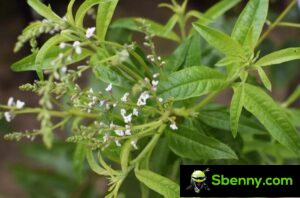
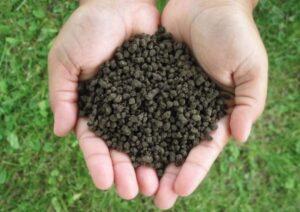
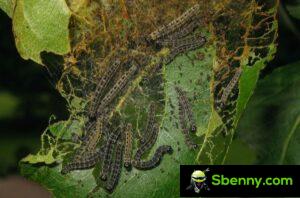
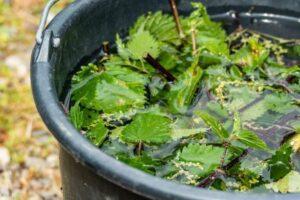

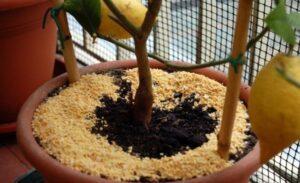
Start a new Thread